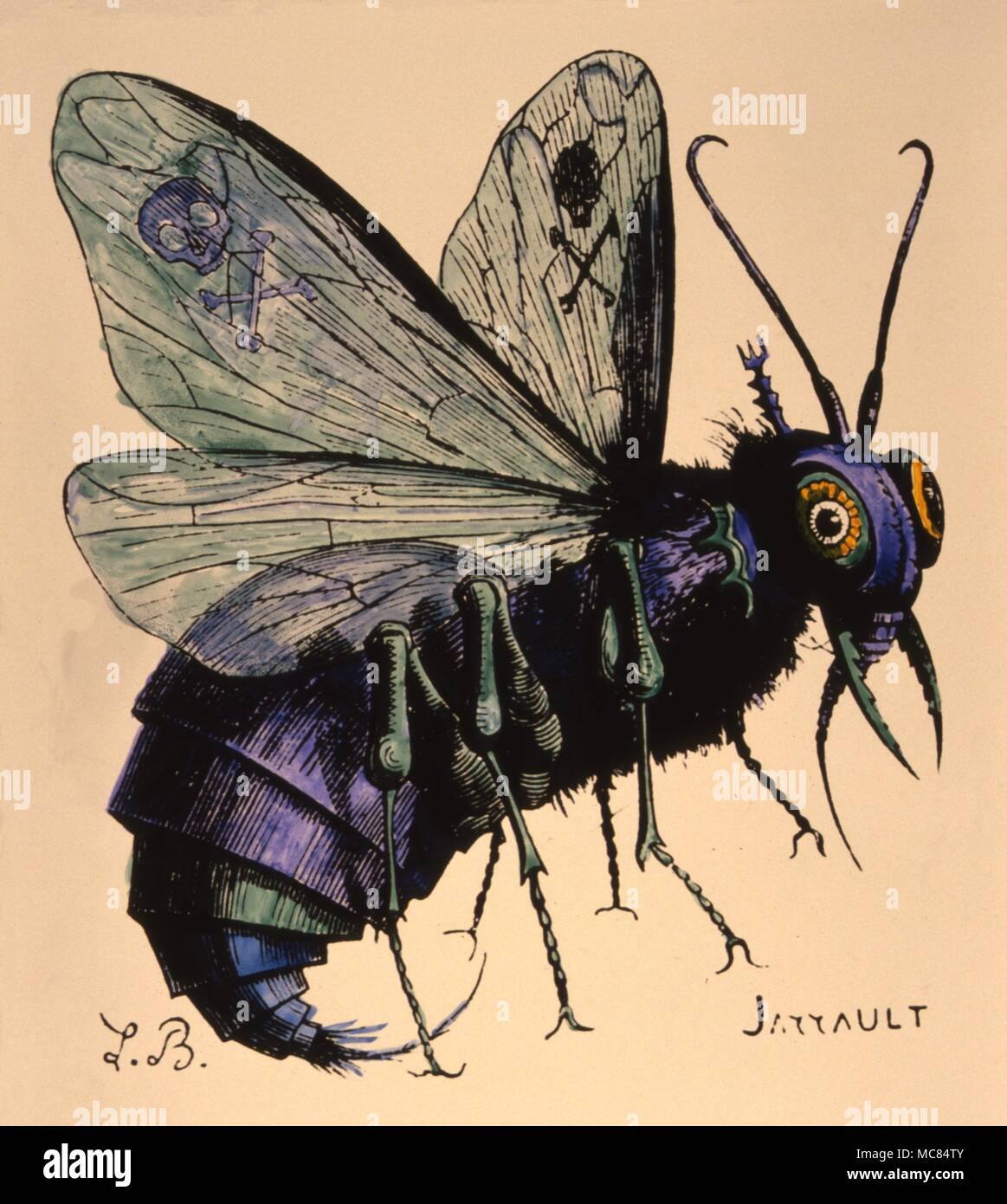


"Malphas is a great president, he is seene like a crowe, but being cloathed with humane image, speaketh with a hoarse voice, be buildeth houses and high towres wonderfullie, and quicklie bringeth artificers togither, he throweth downe also the enimies edifications, he helpeth to good familiars, he receiveth sacrifices willinglie, but he deceiveth all the sacrificers, there obeie him fourtie legions." Malphas in the Lemegeton Clavicula Salomonis (Ars Goetia) The description of Malphas from the Pseudomonarchia daemonum is as follows: The Pseudomonarchia daemonum, or False Monarchy of Demons, by the Dutch occultist Johann Weyer, was published as an appendix to his book titled De praestigiis daemonum, or On the Tricks of Demons, in 1577. Instead, lists of formalized demonologies tend to remain popular in occult traditions. None of them however are considered canon by modern mainstream Christian denominations. Throughout history multiple formalized classifications of demons have been proposed. Malphas in Christian and Occult Demonologies Malphas accepts willingly and kindly any sacrifice offered to him, but then he will allegedly deceive the conjurer. He builds houses, high towers and strongholds, throws down the buildings of the enemies, can destroy the enemies' desires or thoughts (and/or make them known to the conjurer) and all what they have done, gives good familiars, and can bring quickly artificers together from all places of the world. 4 Malphas in the Lemegeton Clavicula Salomonis (Ars Goetia).3 Malphas in the Pseudomonarchia Daemonum.2 Malphas in Christian and Occult Demonologies.


 0 kommentar(er)
0 kommentar(er)
